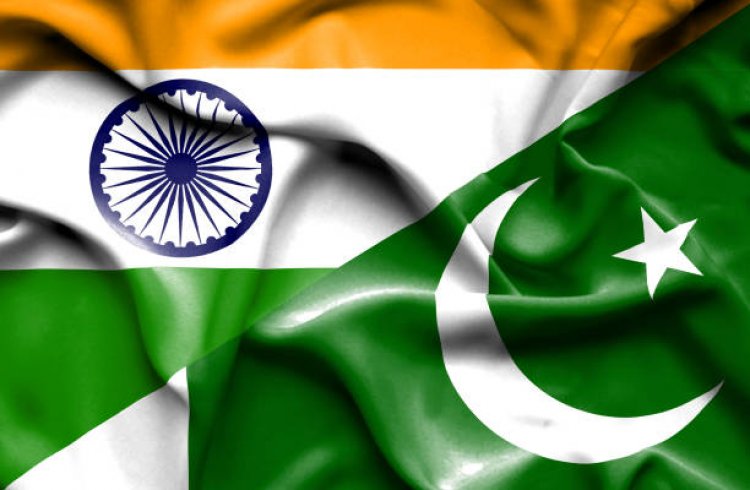India - Pakistan: Demilitarising Siachen
STORIES, ANALYSES, EXPERT VIEWS

At the Chief of Army Staff’s annual conference on 12 January, it was General MM Naravane’s statement on Siachen that attracted the most media attention. In response to a question, General Naravane stated: “We are not averse to demilitarisation of the Siachen glacier, but a precondition to that is to accept the AGPL [Actual Ground Position Line]. Pakistan has to accept what are their positions and what are our positions, and both of us have to sign on the dotted line before any kind of disengagement takes place.”
The AGPL, writes Lt Gen. D.S. Hooda retd. (former General Officer Commanding-in-Chief of the Indian Army’s Northern Command and a senior fellow at the Delhi Policy Group) “currently lies along the Saltoro range that rises west of the Siachen Glacier, with the India Army holding most of the heights in a tactically advantageous position.”
General Naravane’s statement needs to examined in view of the 13 rounds of unsuccessful talks on the demilitarisation of Siachen.
It is ‘not the strategic value of Siachen but that of territory’
There are sharply divergent views on the strategic importance of the Siachen area, points out Hooda. “One side points to the futility of maintaining soldiers in terrain that precludes the launch of large-scale operations….. Others disagree, pointing out that this area is bound by Pakistan to the west, the Chinese Shaksgam valley to the North, and the Sub Sector North (SSN) of Ladakh to the east, where the People’s Liberation Army (PLA) is confronting the Indian Army in the Depsang plains. If military collusion between Pakistan and China is to occur, this is the area where it is most likely to happen.”
In Hooda’s view, “the main issue is not the strategic value of Siachen but that of territory. Territorial sovereignty far outweighs strategic importance. That is why India has been insisting on the marking of the current positions that the Army holds on maps that are to be ratified by both sides. This will establish Indian territorial control along the Saltoro range. On the other hand, Pakistan has been reluctant to authenticate Indian positions as it will legitimise India’s ‘illegal act’ of violating the Simla Agreement by occupying an area that was under Pakistan’s administrative control. The crux of the matter is that neither side is willing to make any territorial compromise.”
No ‘grounds for a significant change in the Indian stance'
Despite the three times India and Pakistan came close to arriving at an agreement on Siachen, “with bilateral relations at a low, the current political climate gives little reason to believe that any serious discussion on Siachen could take place. Alongside this, there is the ongoing standoff with China in Eastern Ladakh. The Siachen area and Depsang plains are only separated by the barrier of the Karakoram range. While this might appear to be a formidable obstacle to any link between the China and Pakistan frontiers, geography rarely deters a determined military. The Siachen conflict is but one example of this fact……”
More importantly, “the political and security realities do not suggest any grounds for a significant change in the Indian stance.”
















